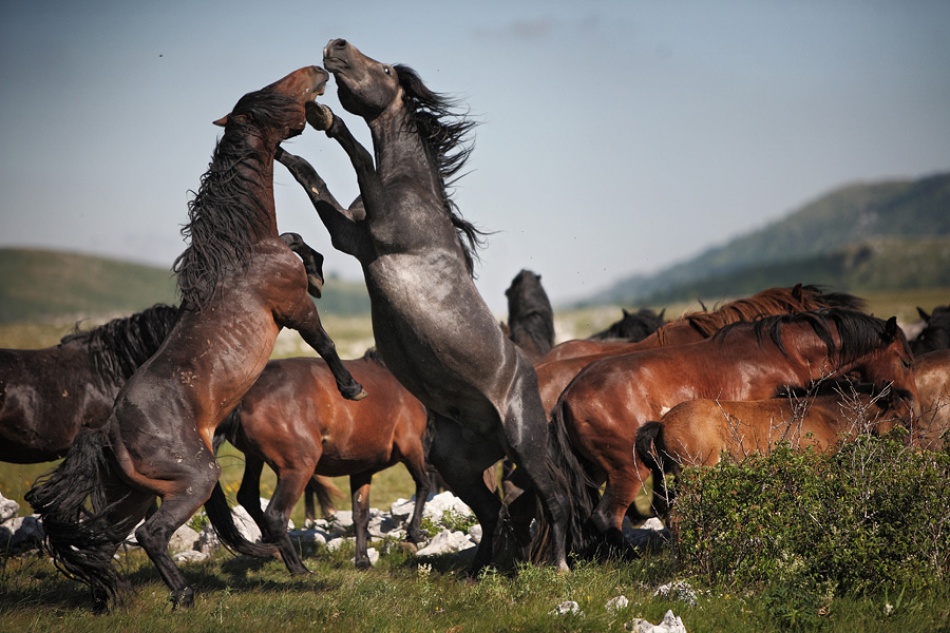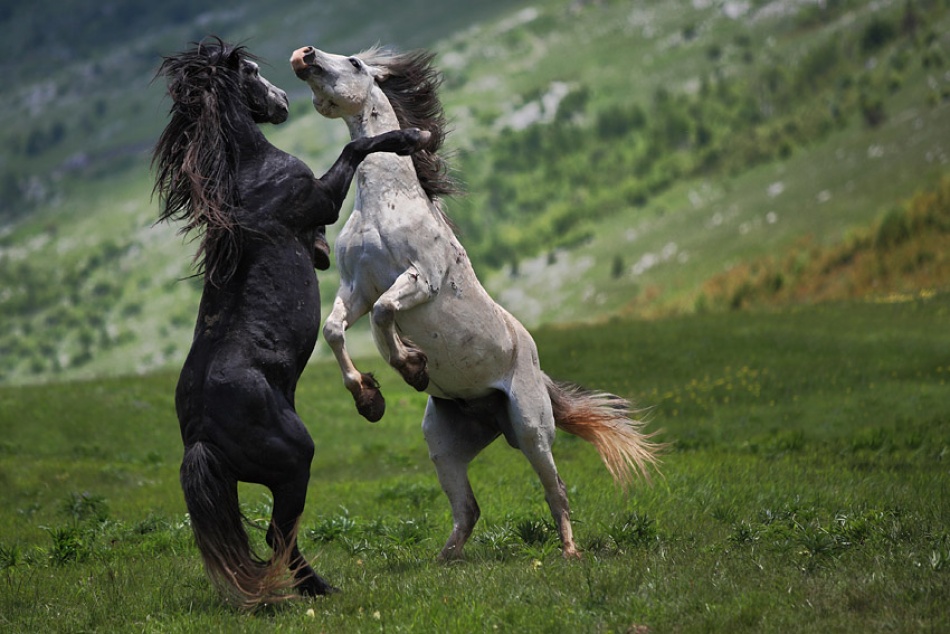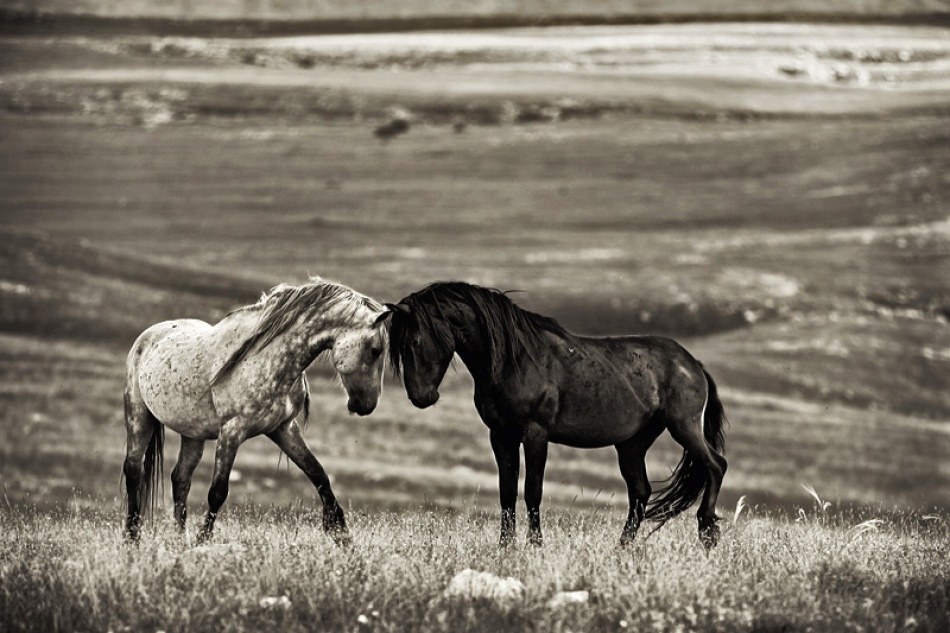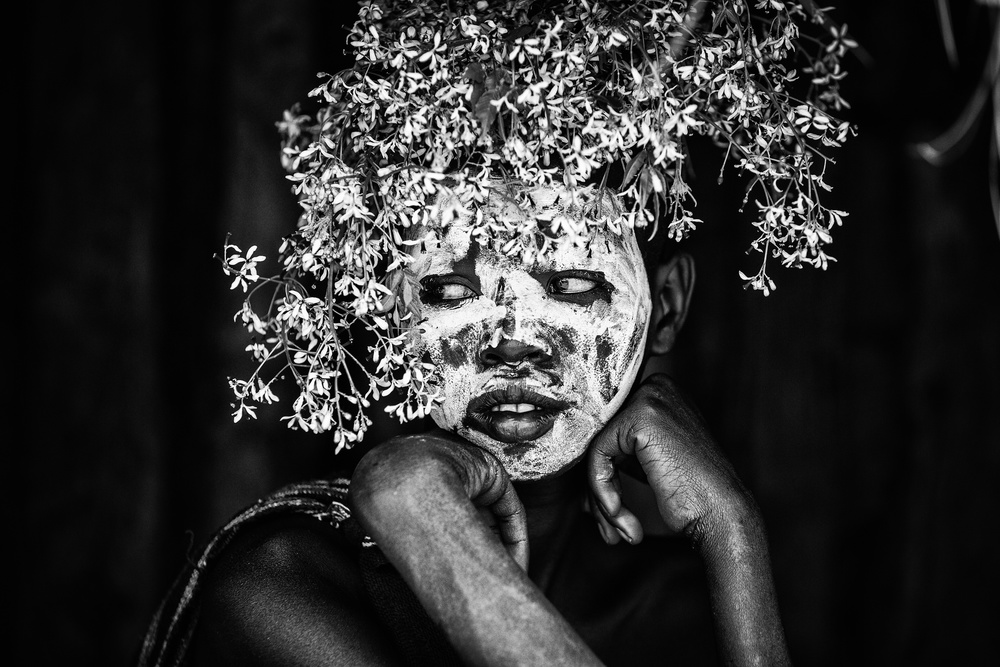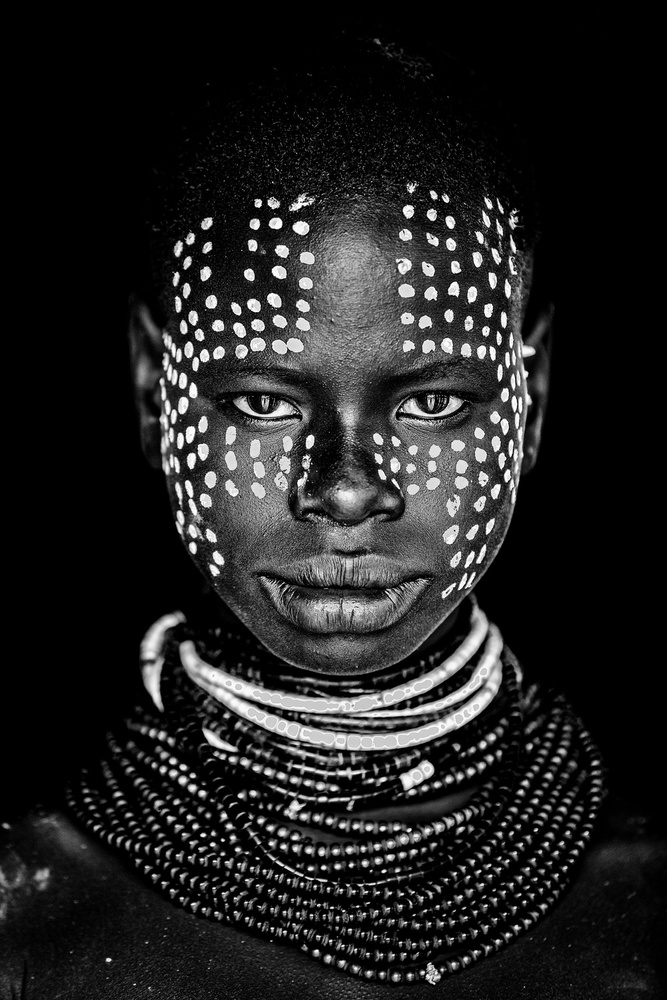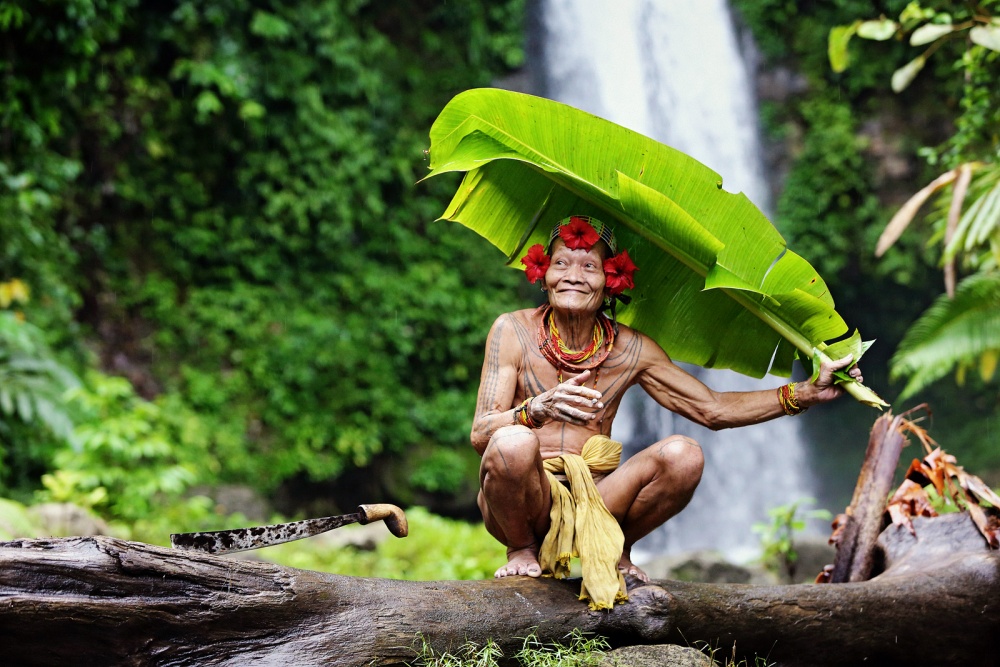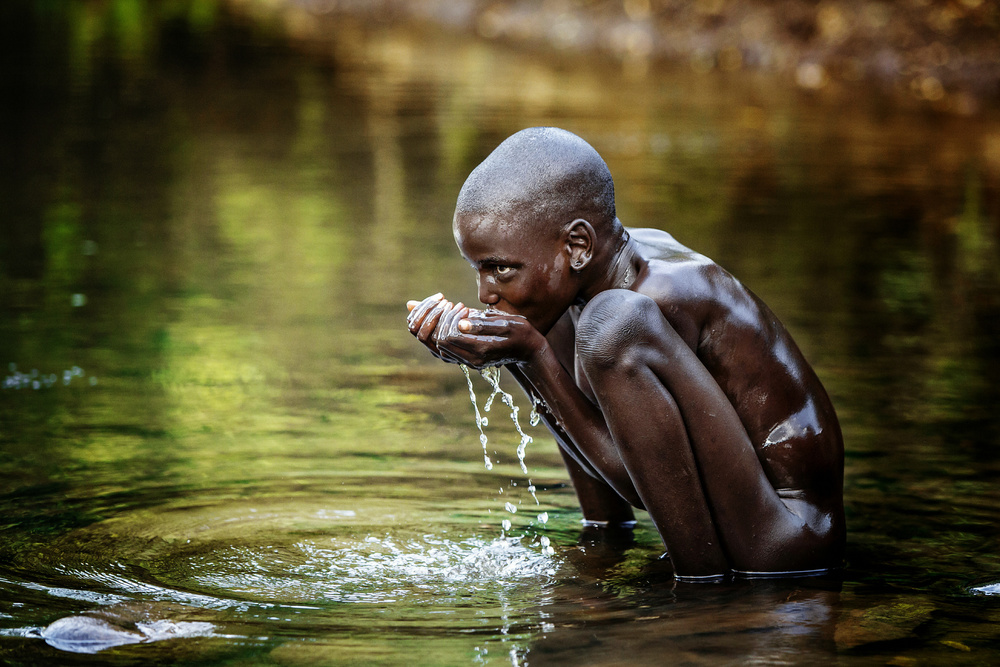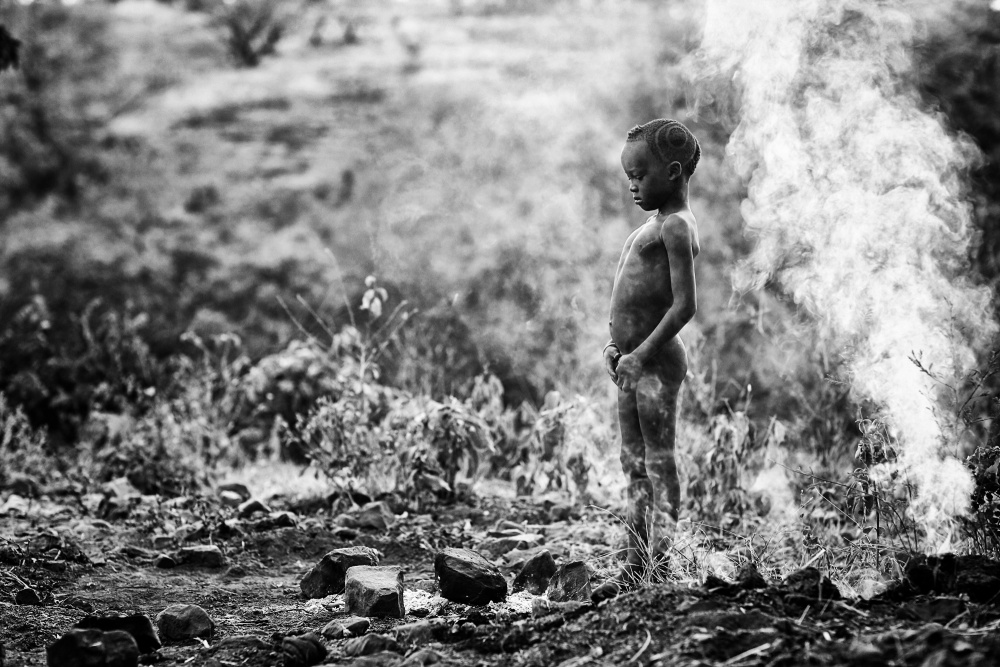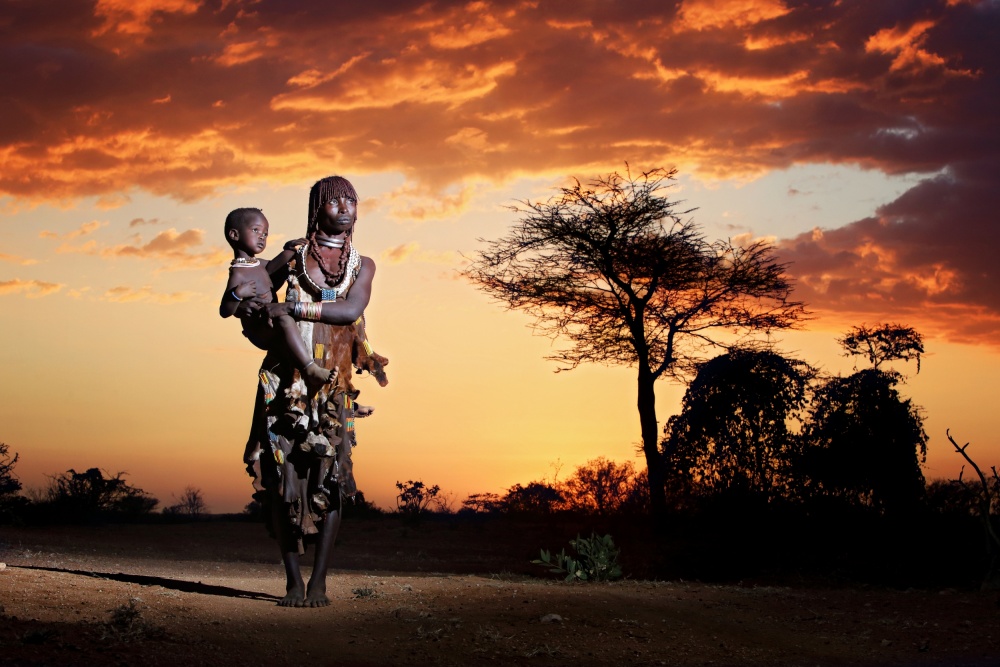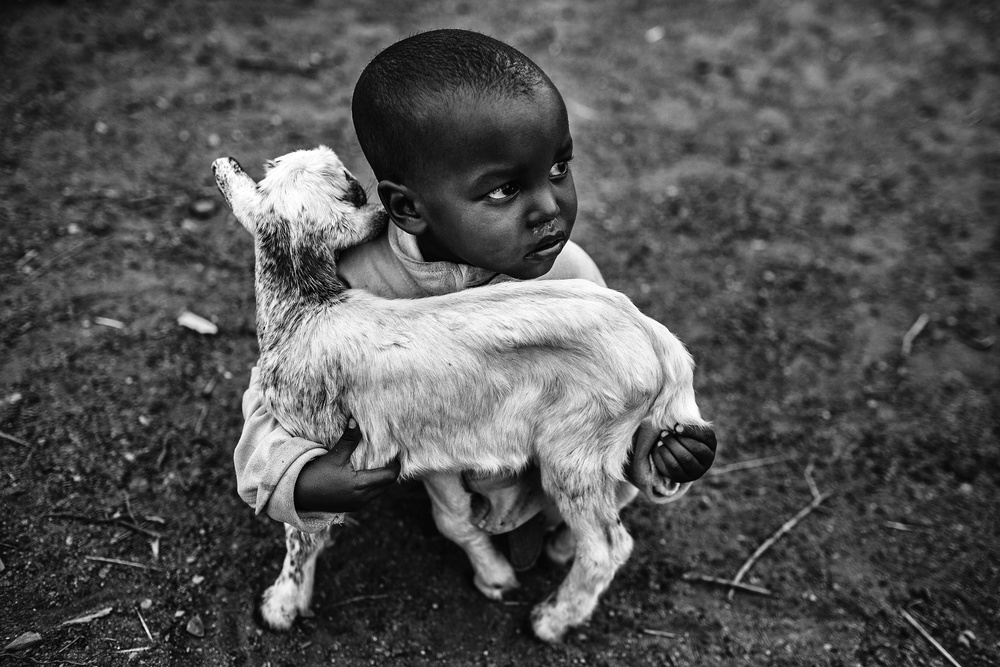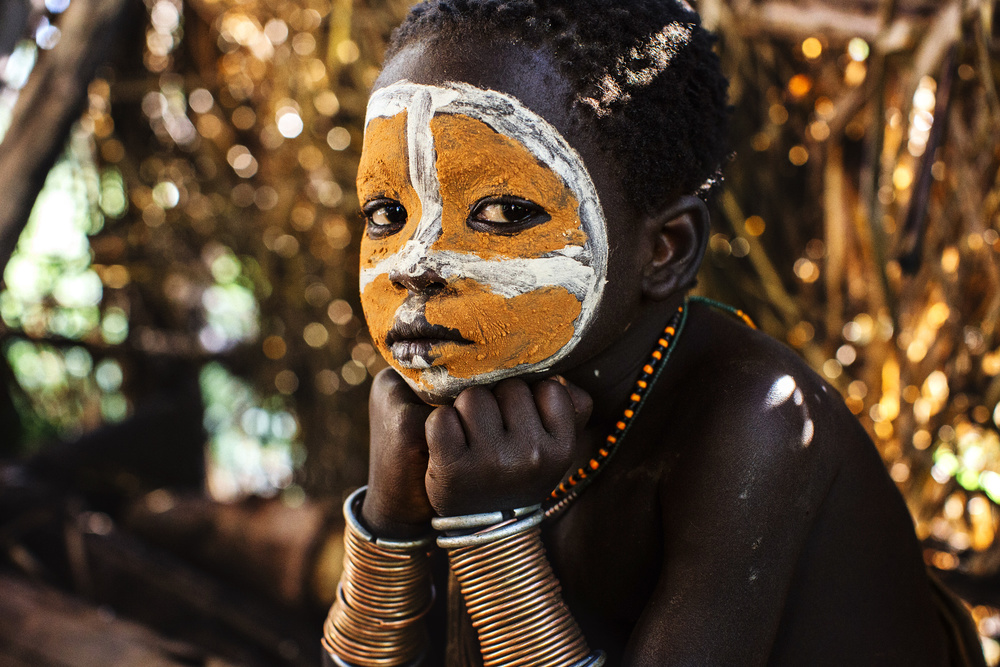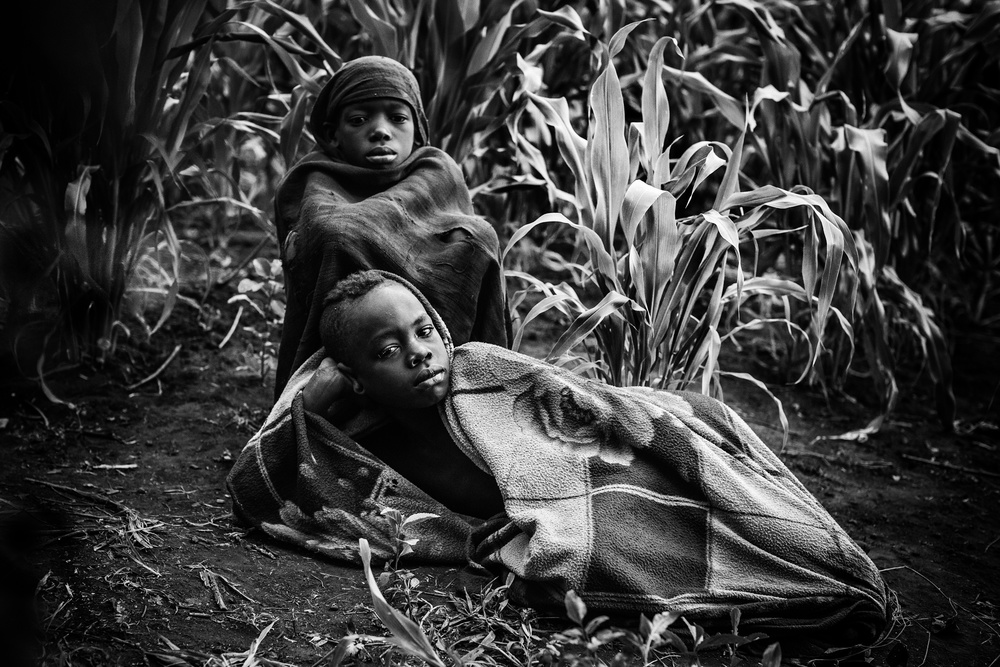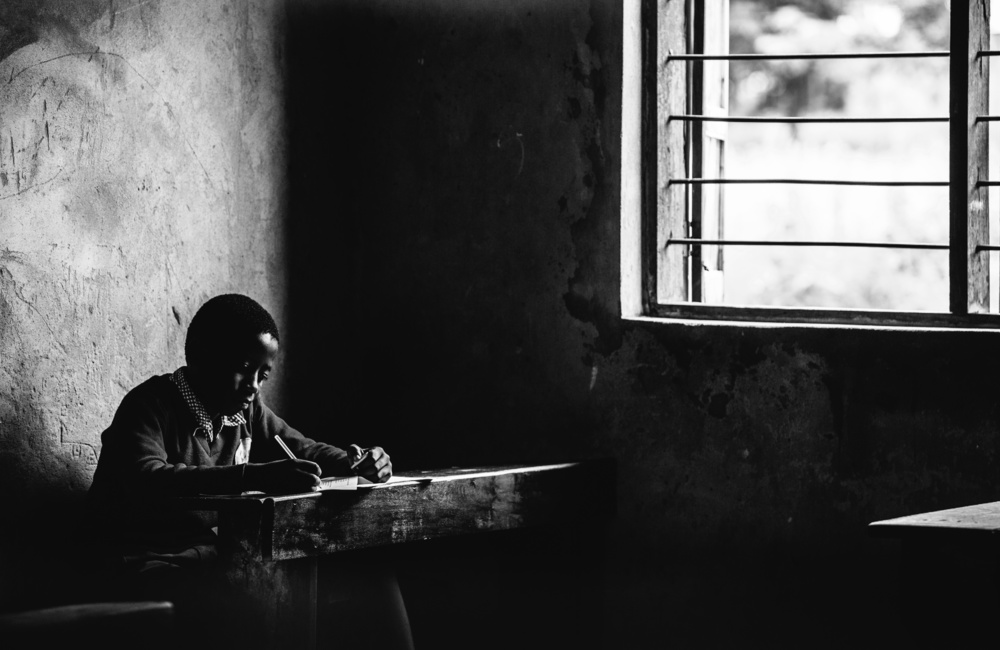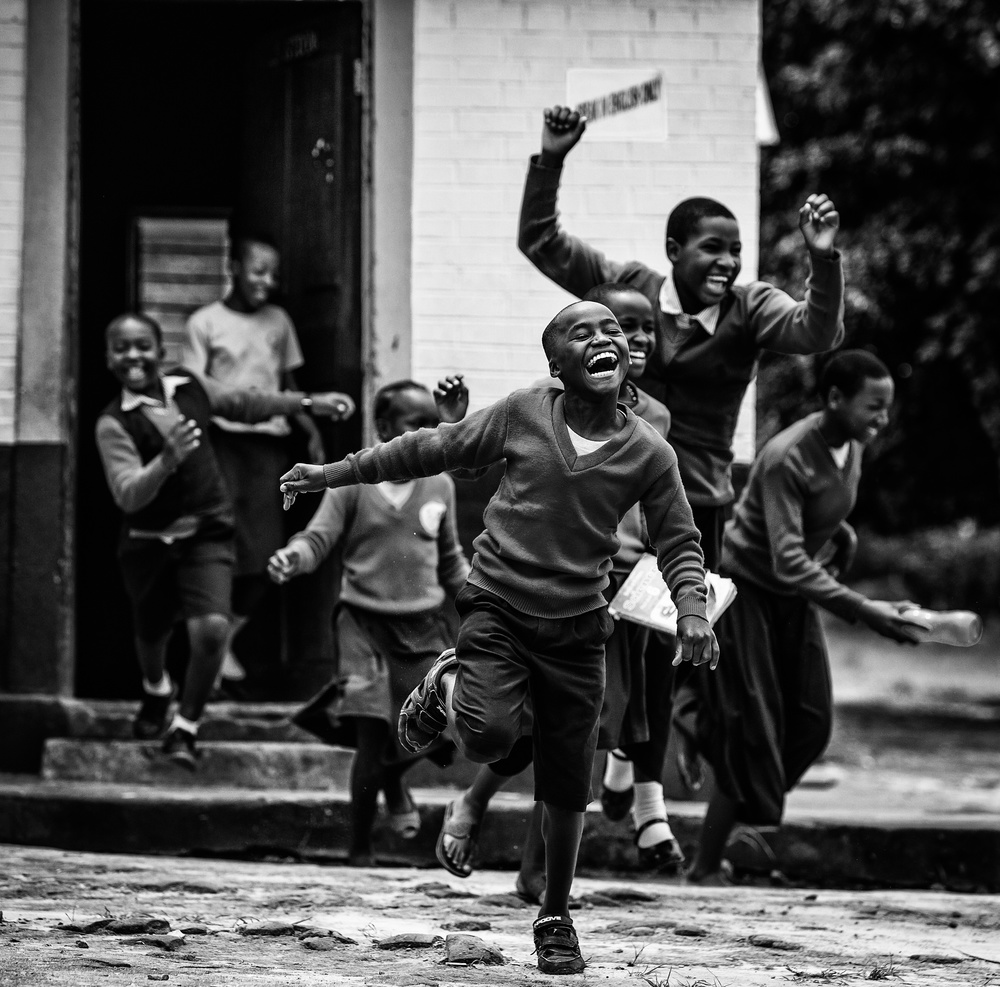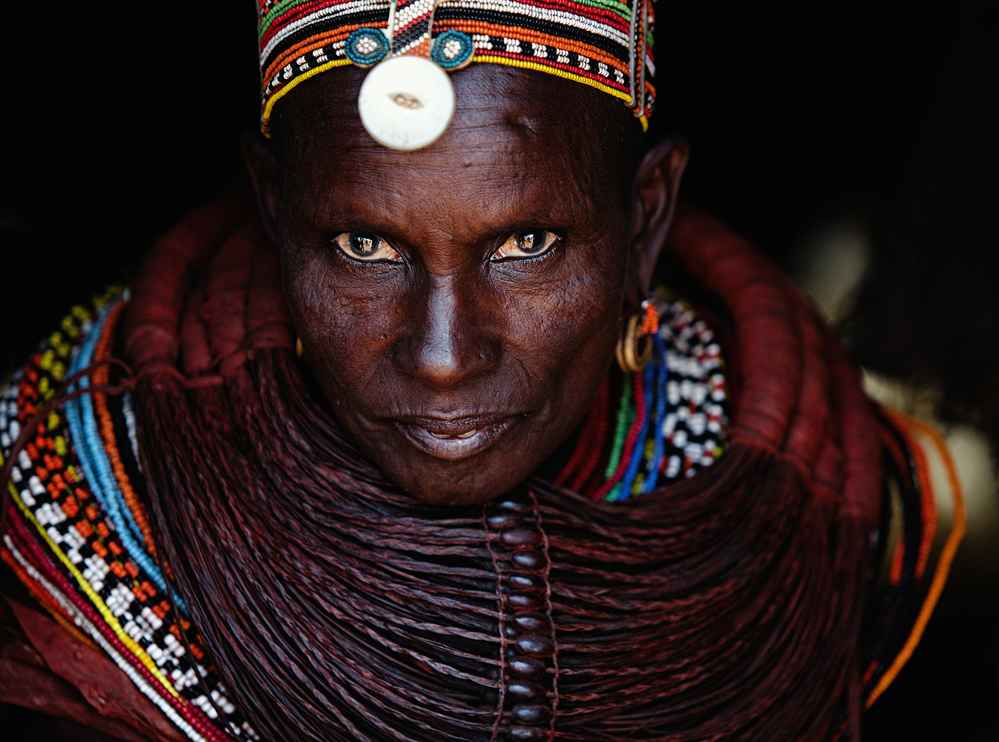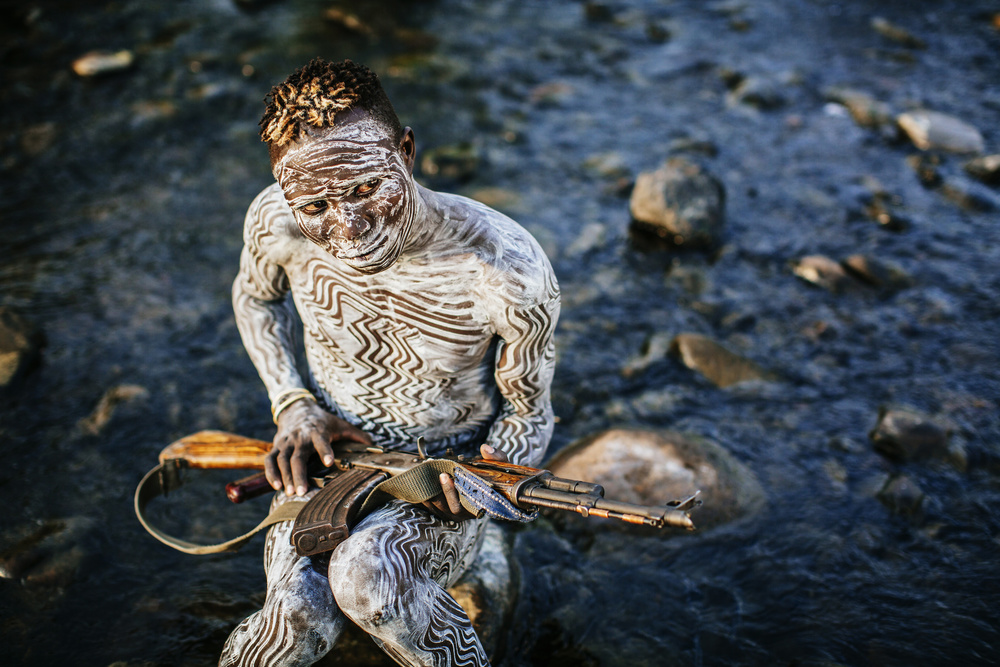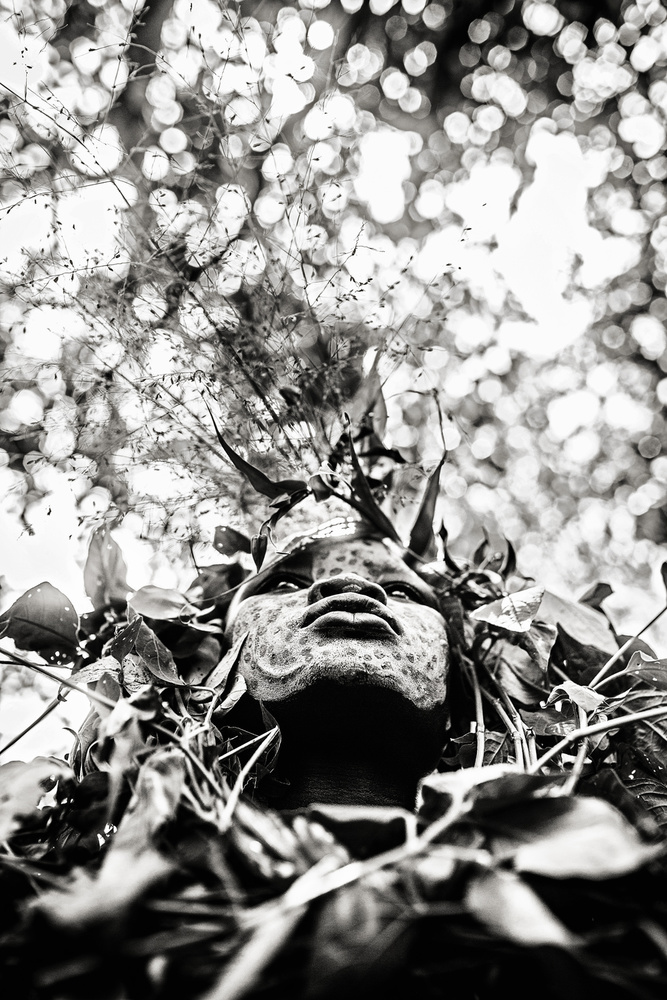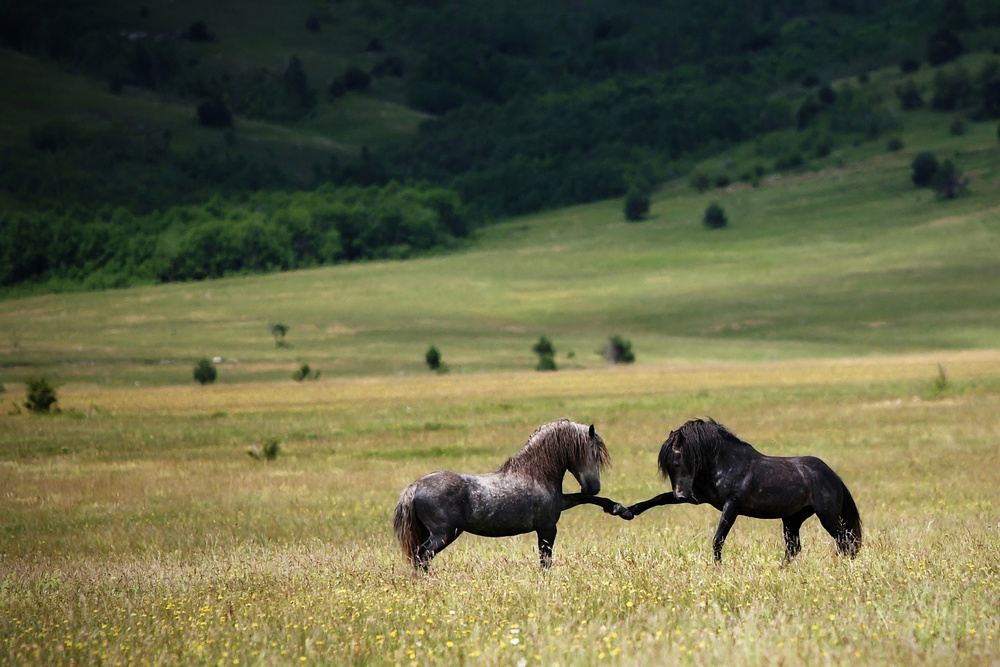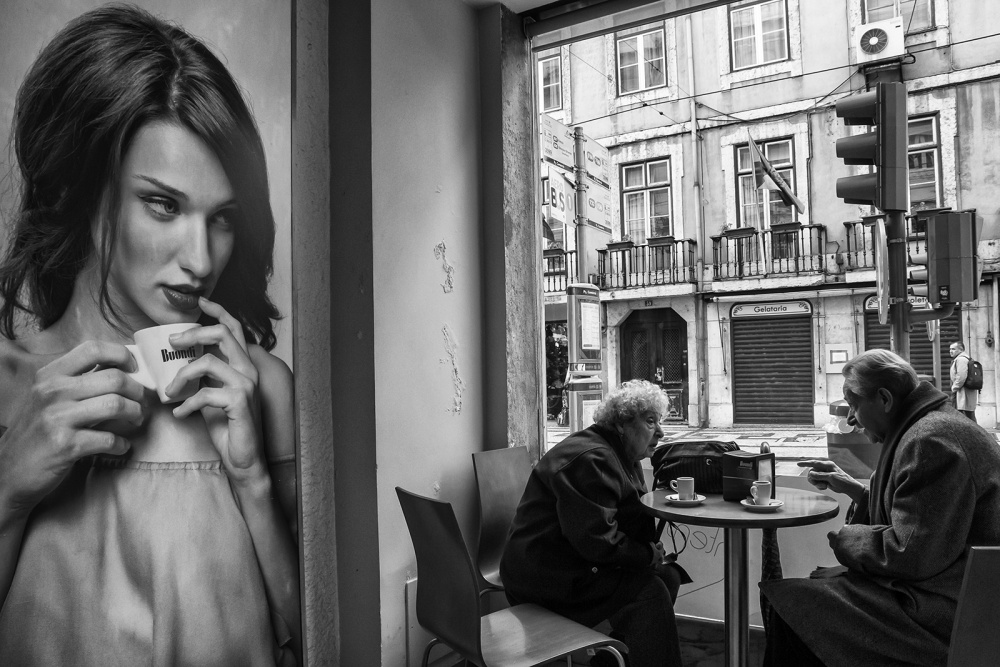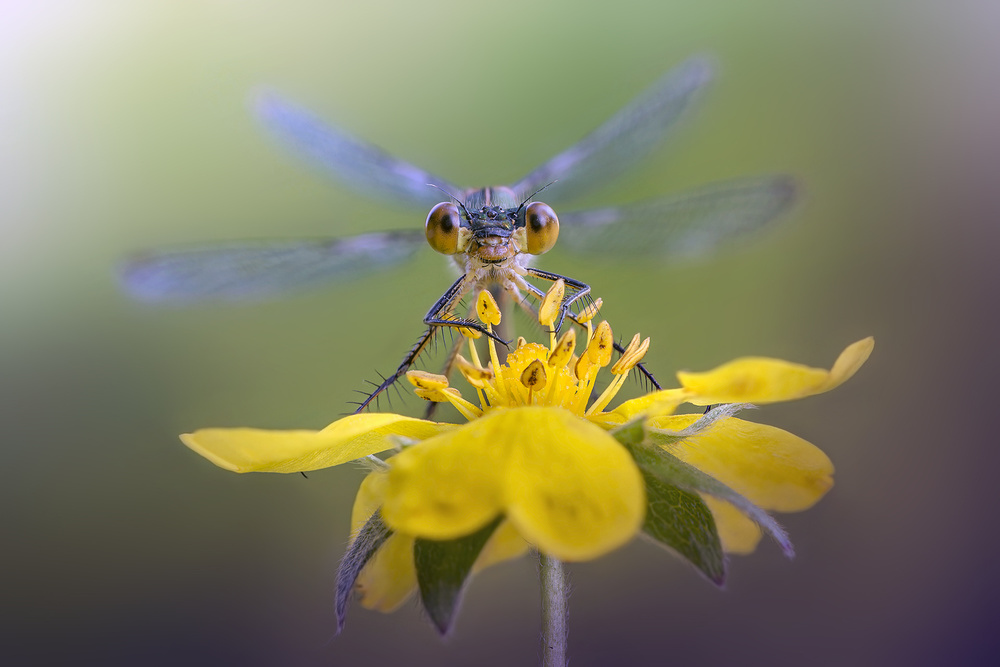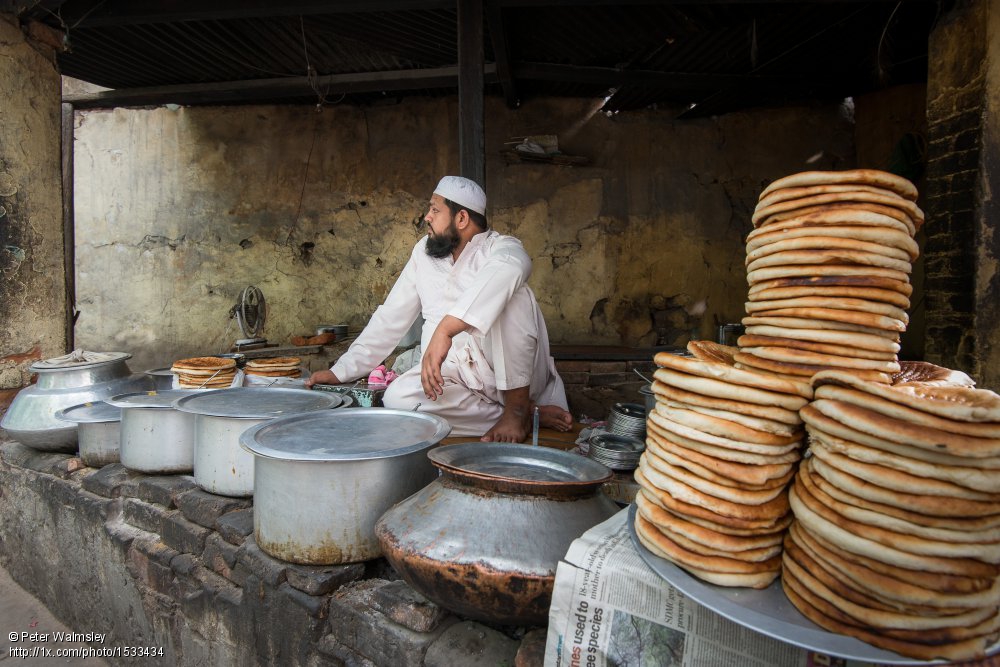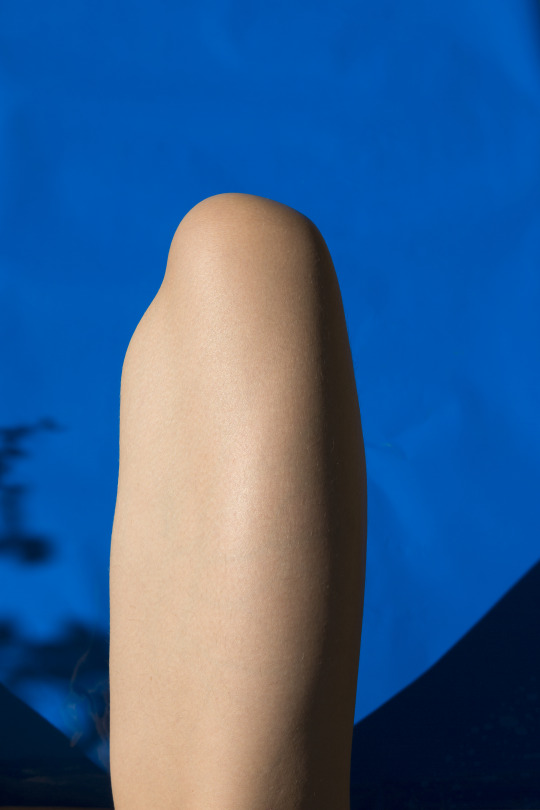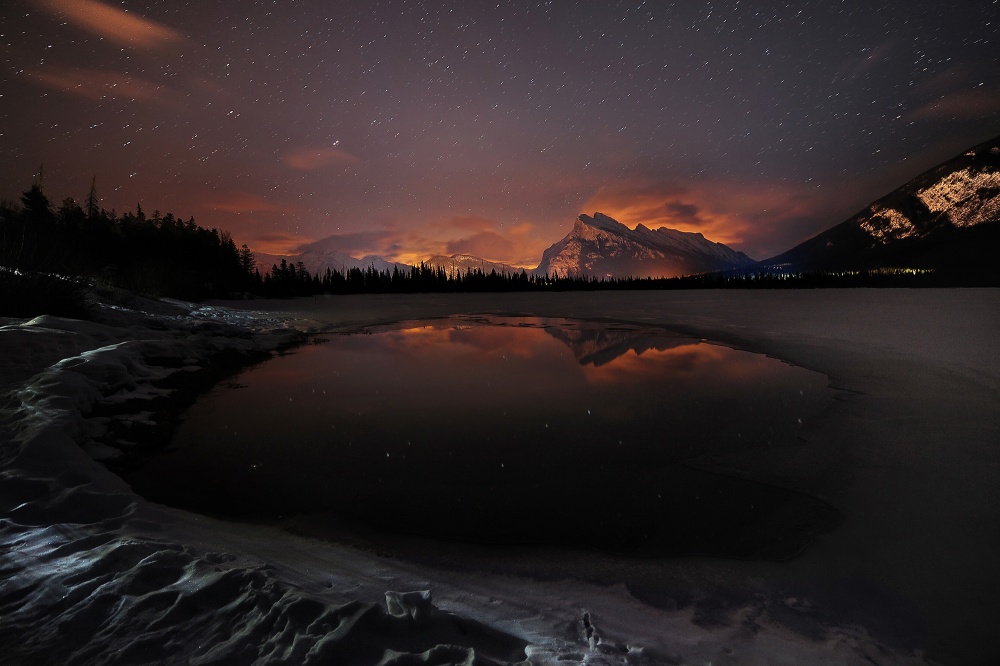Photographers
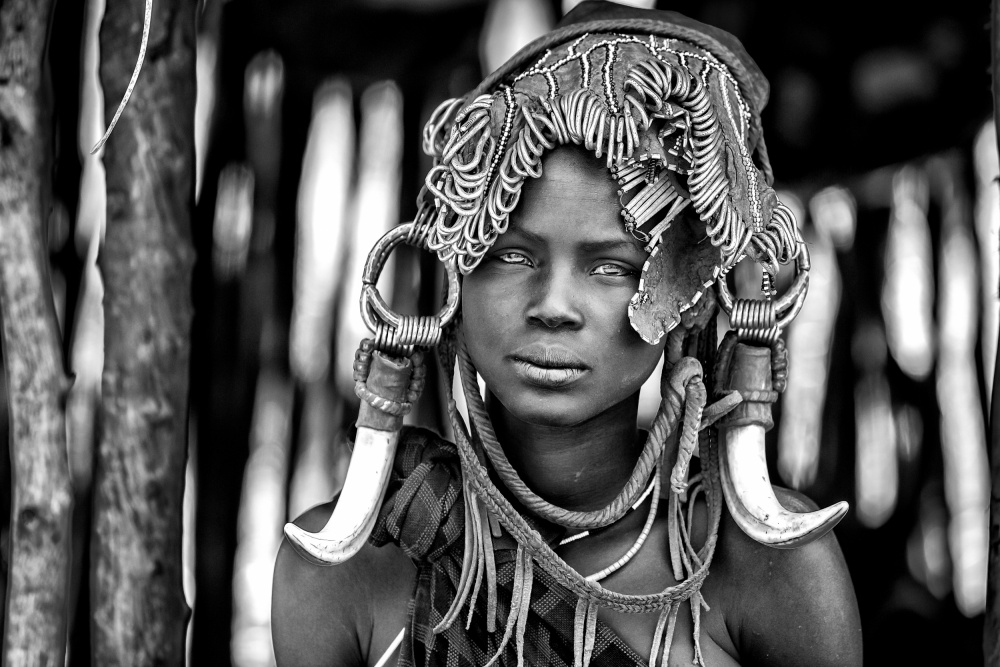
Vedran Vidak: Photographer of the week
1x Blog-Photographersby Editor Yvette Depaepe
Vedran Vidak is an excellent and socially engaged documentary photographer.
He quotes: "A photographer has the ability to change the world and needs to work under that premise. They must be self critical, while also being able to free their soul and cadre of everything unessential and hope to get a good light."
With this words, he says it all.
Discover Vedran's strong personality and fabulous work in this most interesting interview.
Briefly tell us about yourself, your hobbies and other jobs, Vedran.
I live in Imotski, a small town in Croatia which is well-known for its natural beauties and I just feel it – all these rivers, lakes and rocky landscapes. In my free time I paint, carve, do some fishing. Generally, I do all things which make me relaxed and give me back the strength and motivation needed to do the job that I do for a living and that is – wedding photography. I like to travel a lot, though I don’t like big cities so I avoid them as much as possible. I’m more into getting to know other cultures, meeting new people and learning more about their lives and how they deal with modern world. I am keen to spending time in nature so I spent a lot of time among wild horses who live freely on the Cincar mountain and all my travels are mostly based on visiting such places and that might be one of the reasons why I fell in love with Africa.
How has your history and life experiences affected your photography?
Which are your most important experiences that has influenced your art?
My family has always been prone to art and this I have also developed interest for different types of art and for a long time I have been into drawing and I was mostly interested in hyperrealism. I have never thought of becoming a photographer but my lust for reality somehow introduced me to the world of photography. I got my first camera, made my first photo and there it was – a big change. I felt that I could finally express myself through photography, I met new people and I simply changed my attitude towards the world. Photography taught me how to communicate, how to notice things, how to foresee things, how to respect the others. It brought a lot of new things into my life which I have never noticed before.
What first attracted you to photography?
I believe that some things in life happen because they ought to happen – and this is how my photography journey began. I was drinking my regular coffee when my friend showed up with a photo-magazine which he had just bought. I skimmed through the magazine and took a deep sigh – I was simply impressed. He pulled his camera out of the bag and offered me to try it out. I took it and so it began. Some things I learned while drawing helped me a lot and I firmly believe that photographers’ beginnings are all quite the same, but my personal inner restlessness has always pushed me further.
Describe your overall photographic vision.
My vision of photography is that each photographer has the ability to change the world for the better and he has to strive to do it. A photographer has to be self-critical, but he must never lose his sense of freedom. He has to be free when it comes to his personality and his image because both serve the purpose of delivering a certain message to the world. Of course, one always has to pray for the good light.
Why are you so drawn by Documentary Photography?
Documentary photography isn’t something that I have actually planned, it just happened. In order to get better when it comes to photography; my friend Goran Jovic and I decided to make several journeys around the world where we captured different people and their cultures. So, I spent about 10 days on Siberut Island living with Mentawai people, we took three trips to Ethiopia where I lived with tribes who live near the Omo River. Also we went to Tanzania, Kenya and so on. Unlike wedding photography, which is source of my income, documentary photography gives me much needed freedom, it fulfils my photographer’s heart and it is, if I may say, much more honest and real than the wedding photography.
What is more important to you, the mood,/story behind your images or the technical perfection?
If you ask me technical perfection is very important but it is not of paramount importance. Let’s say that technically perfect photograph without the atmosphere and the story itself is just not it. When you work among the tribe members somewhere in Africa, you have to be aware that a lot of things won’t be perfect, but the atmosphere and all the emotions are so overwhelming and they cannot be found anywhere else. Thus, if the technical imperfection might emphasise the atmosphere and the story, I will gladly leave it imperfect.
What generally is your relationship to your subject matter beyond being an observer? Do you prepare carefully the locations where you are intending to photograph?
I can’t say that my preparations prior to shooting are that intensive, they all come down to getting to know the basic facts. I like to come to the location and let things happen, I like spending time at the location and observe it. For example, while I was shooting the wild horses, there were several occasions when I haven’t made a single good photograph. However, horses got used to my presence and they realised that I’m not endangering them, so they finally displayed a lot of different emotions and let me into their lives. The same goes for people, you need to give them time to get to know you, you have to observe them and let them know that you respect them and their wishes. Only then great emotions and stories finally get to the surface.
What gear do you use (camera, lenses, bag)?
My equipment mostly includes Canon, i.e. Canon 5d mk3 , 16-35 mm f/2,8 , 35 mm f/1,4 , 50 mm f/1,2 , 85 mm f/1,2 , 70-200 f/ 2,8 IS . Manfrotto tripod and Tamrac bag. Also, I have several Canon and Yongnuo fleshes.
What software do you use to process your images?
When it comes to software, I mostly use Photoshop and Lightroom, and I might as well mention Silver Efex Pro.
Can you tell us something more about your work flow?
I have to mention portrait photography here and I have to add that it is my favourite photography type. When it comes to making portraits, I try to do as many things as possible while I am out there at the location. I try to recognize the character of the subject, read into his/her story, deal with his her expression and impression, find the right angle and catch a good light. If you want to make a perfect portrait or at least make a portrait which impresses the observer, a lot of things have to be done properly. So, when I do the selection, I try to do it listening to my inner voice which has to neglect all the rules of photography if needed. A photograph has to be moving to me at first, it has to impress me and only then I decide to edit it. While making the selection, I try to separate the real story of the photo from the story that was going in the background while I was making it. While editing photos, I try to emphasise the story, emotions, character and impression the image itself leaves. I like clear frames without anything that might interrupt the attention of the observer.
What is your most important advice to a beginner in Documentary Photography and how do you get started?
I can’t avoid making joke here by saying: ‘ Documentary photography is dangerous, you can lose your head over it and then you can’t be helped.’ Generally, I like to think that photography is both science and art. The more you know, the less you know! It’s very important to be perseverate, do what you like and never lose yourself. I would never advise people to chase new trends and instant fashion, because when you are in photography, it’s important to make yourself happy and if it makes other people happy too – the more the merrier. Documentary photography asks for a lot of sacrifice, but it encourages development of the personality.
Who are your favourite photographers and more importantly, how has your appreciation of their work affected how you approach your own photography?
There are a lot of photographers whose work I appreciate and I learn a lot from them. I can’t pick just one who has had a great influence on me, but if I have to give you a name – then it is Jimmy Nelson. However, it is not because of what he means to me, but because of his work. While I was travelling around, I have learnt that everything changes and a lot of things simply disappear, people and cultures are on the verge of extinction and what Jimmy Nelson tries to do is to stop the time and save people and cultures from the omnipresent oblivion.
Are there any specific directions that you would like to take your photography in the future or any specific goals that you wish to achieve?
In the future, I see myself doing both wedding and documentary photography. I want to travel more and discover new people and cultures. My goal is to continue to photograph unusual and special people, take photographs which make me whole, deliver messages, capture emotions and read into other people’s stories. I do not care if these photos will be or won’t be awarded because as long as I do what I love and as long as I spend time with those people, I have already been awarded.
Describe your favourite photograph taken by you and why it is special to you?
Although there are a lot of photographs which I truly like and cherish, I will definitely pick one which is special. ‘Peace’ is a photo of wild horses made on Cincar Mountain in Bosnia and Herzegovina. There were two herds made of about 100 horses each and they were about to meet in the middle of the vast plain. They stopped when they were approximately 100 meters away from each other. Each herd has its own leader, a dominant stallion. Two of them ran towards each other. I tried to find the best possible position and I was waiting for the big fight. When they finally approached each other, they just touched each other with their hoofs showing mutual respect. That moment lasted for only few seconds but I caught it. After it, they turned their backs and ran back to their herds. That’s the excitement of the documentary photography, some moment are just complete opposites to your expectations.
Is there anything else you wish to add and what do you think about 1X as a home base for your work?
Due to the fact that most photographers get quite emotional and connected to their photographs, it’s always good to have an objective opinion. Thus, 1X is an ideal spot for objective opinions from those who have not been part of the background story and they see only what you show them. I have been looking into a lot of photography sites and I believe that I will stay part of this community for a long time.
www.vedran-vidak.com
. '
